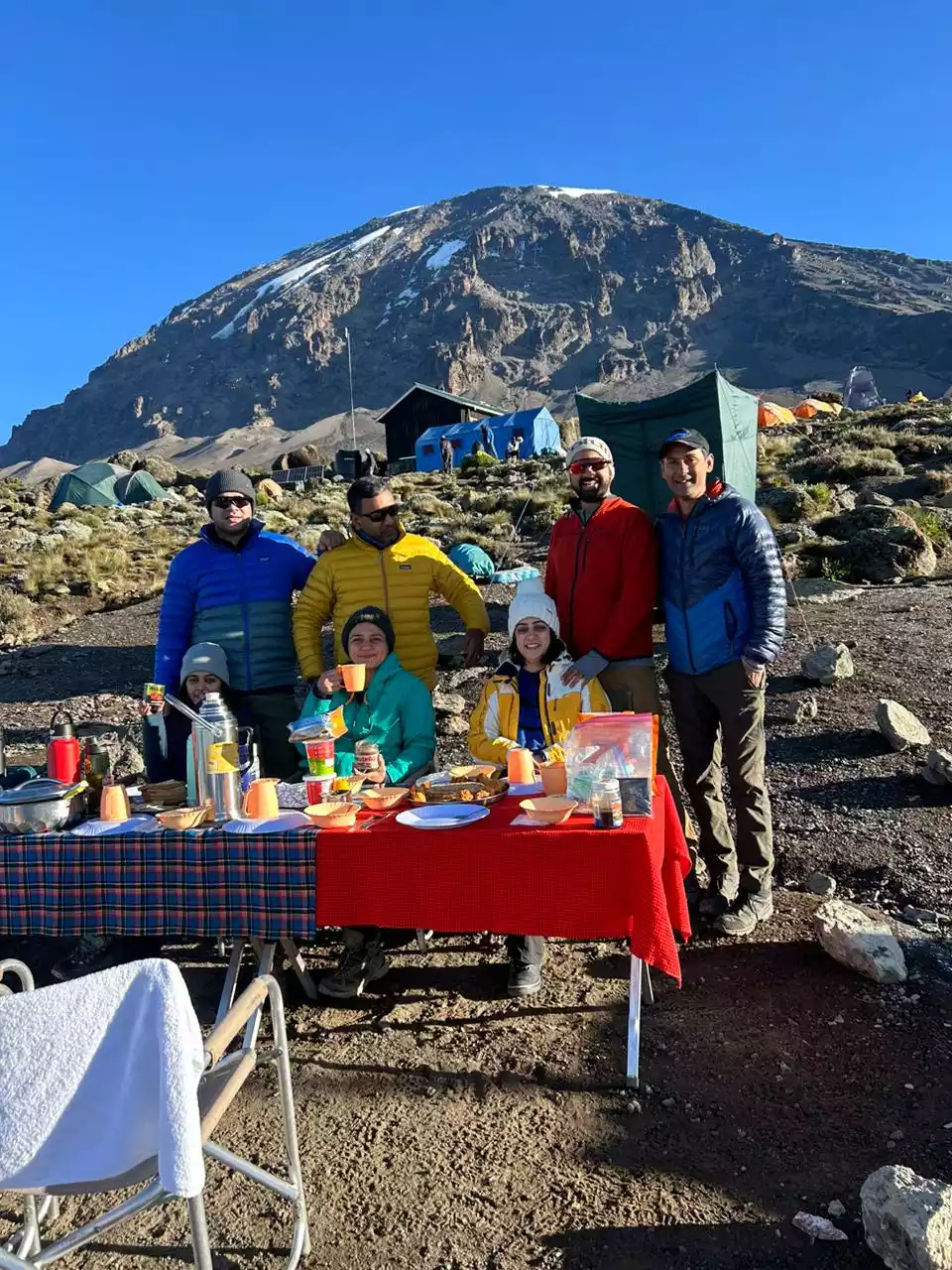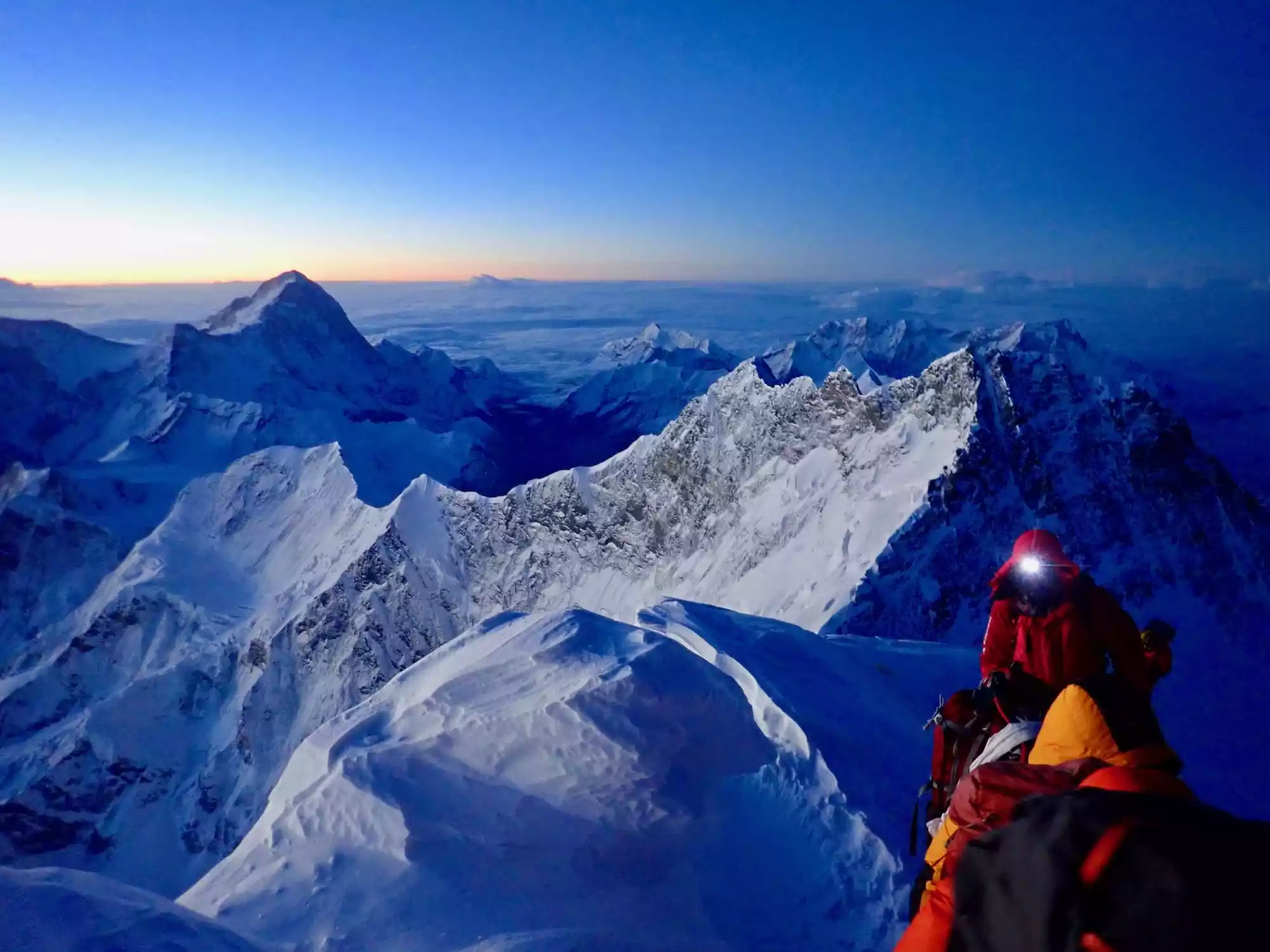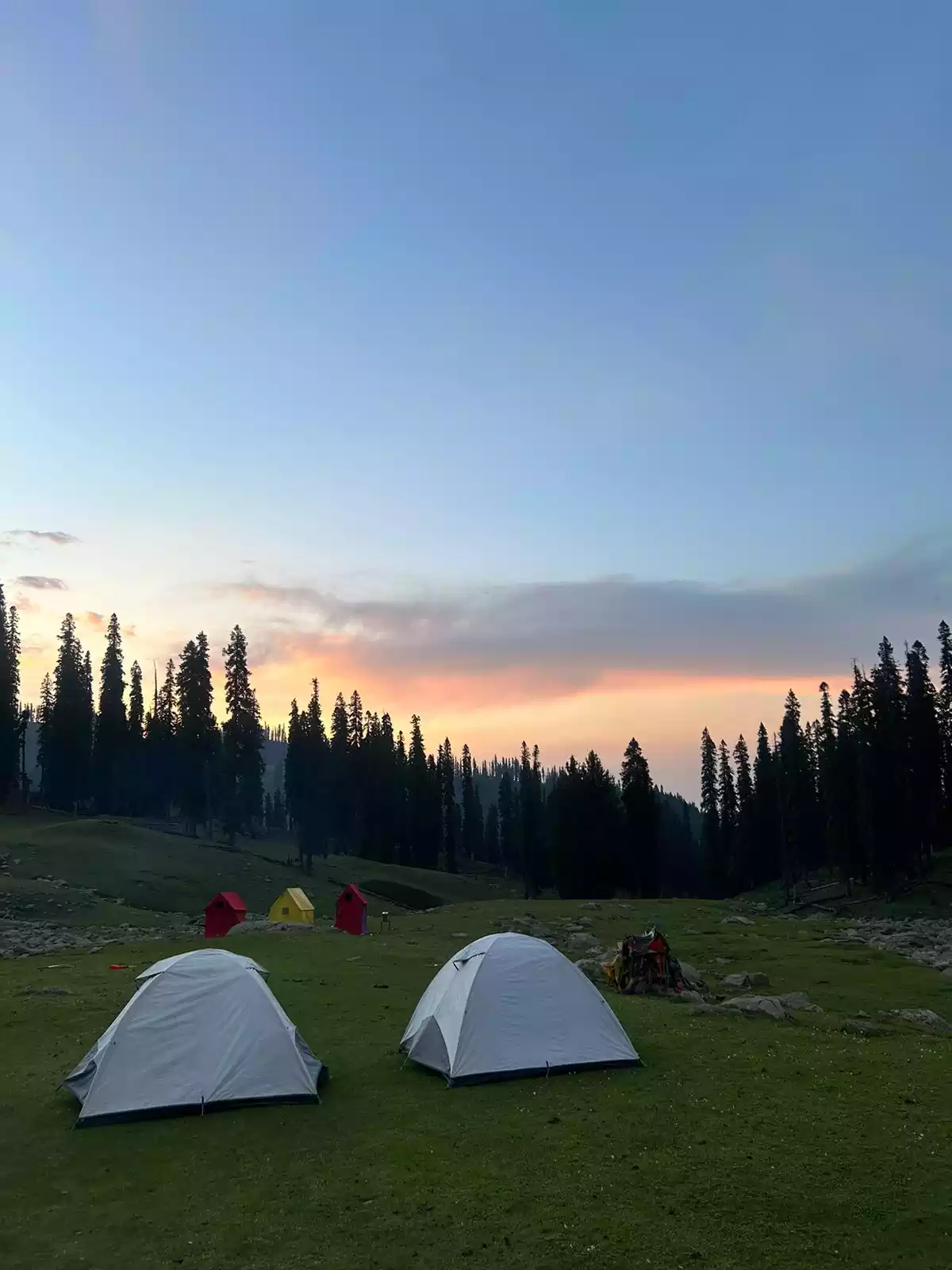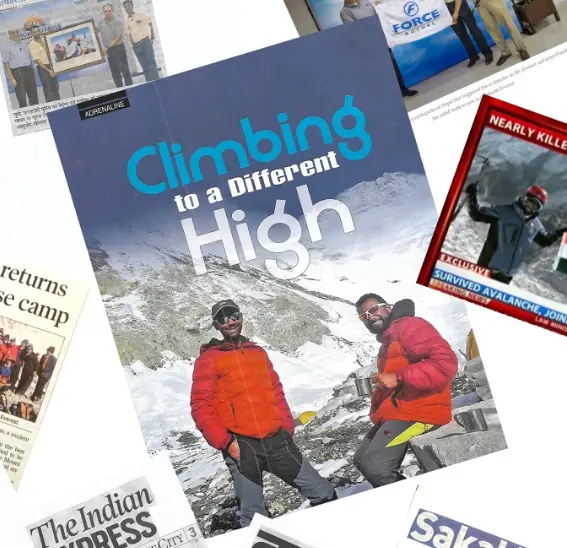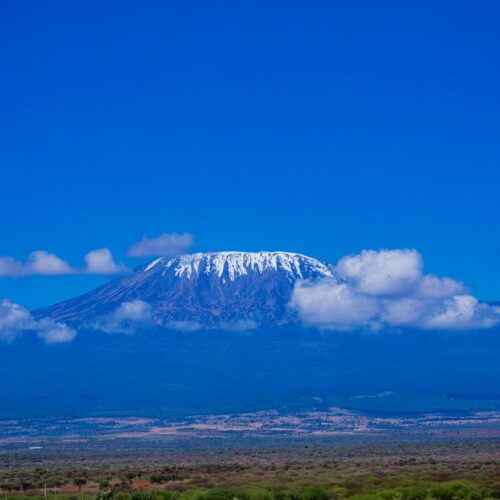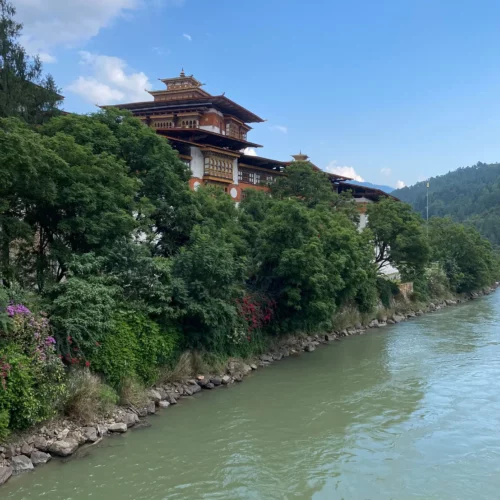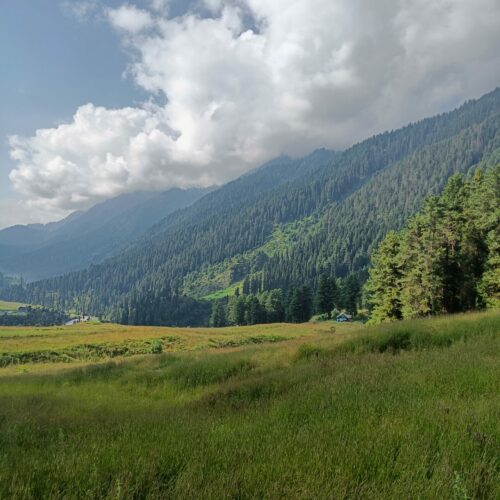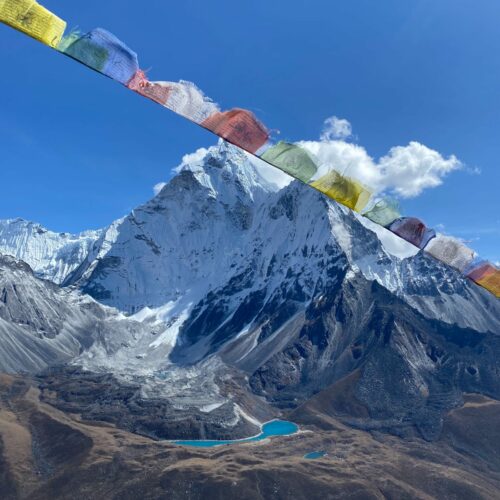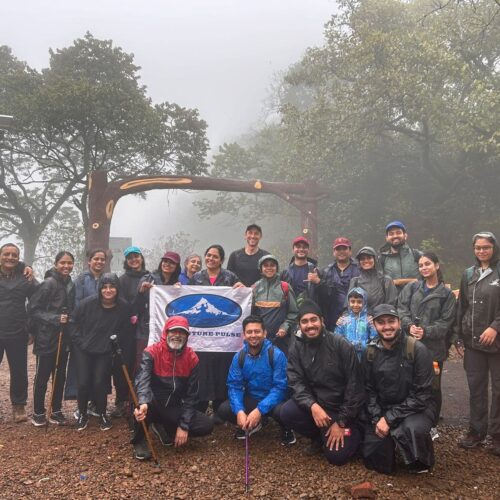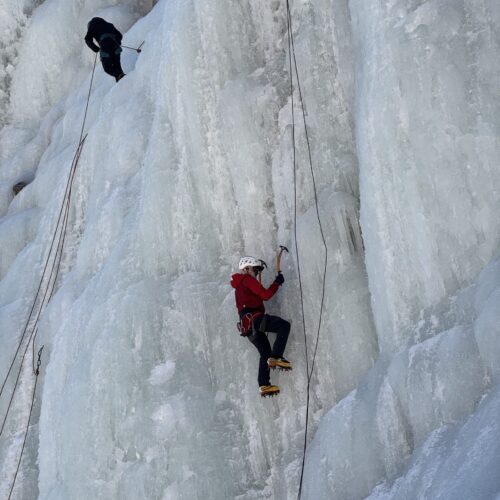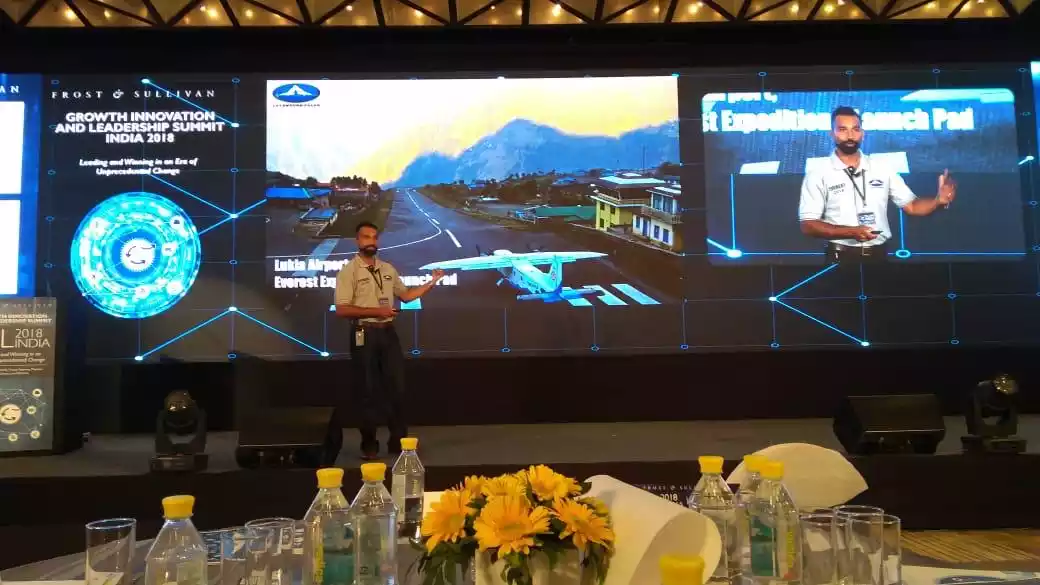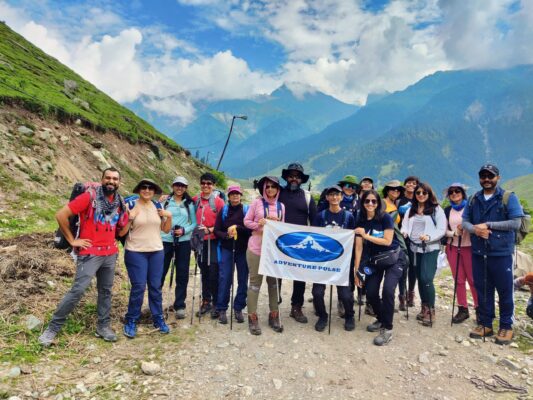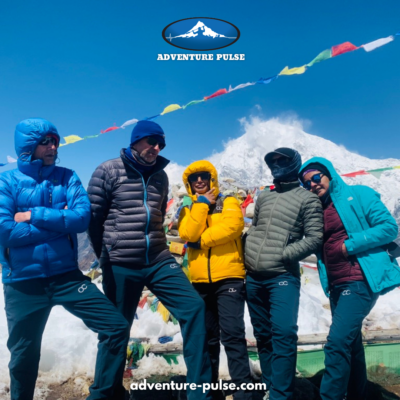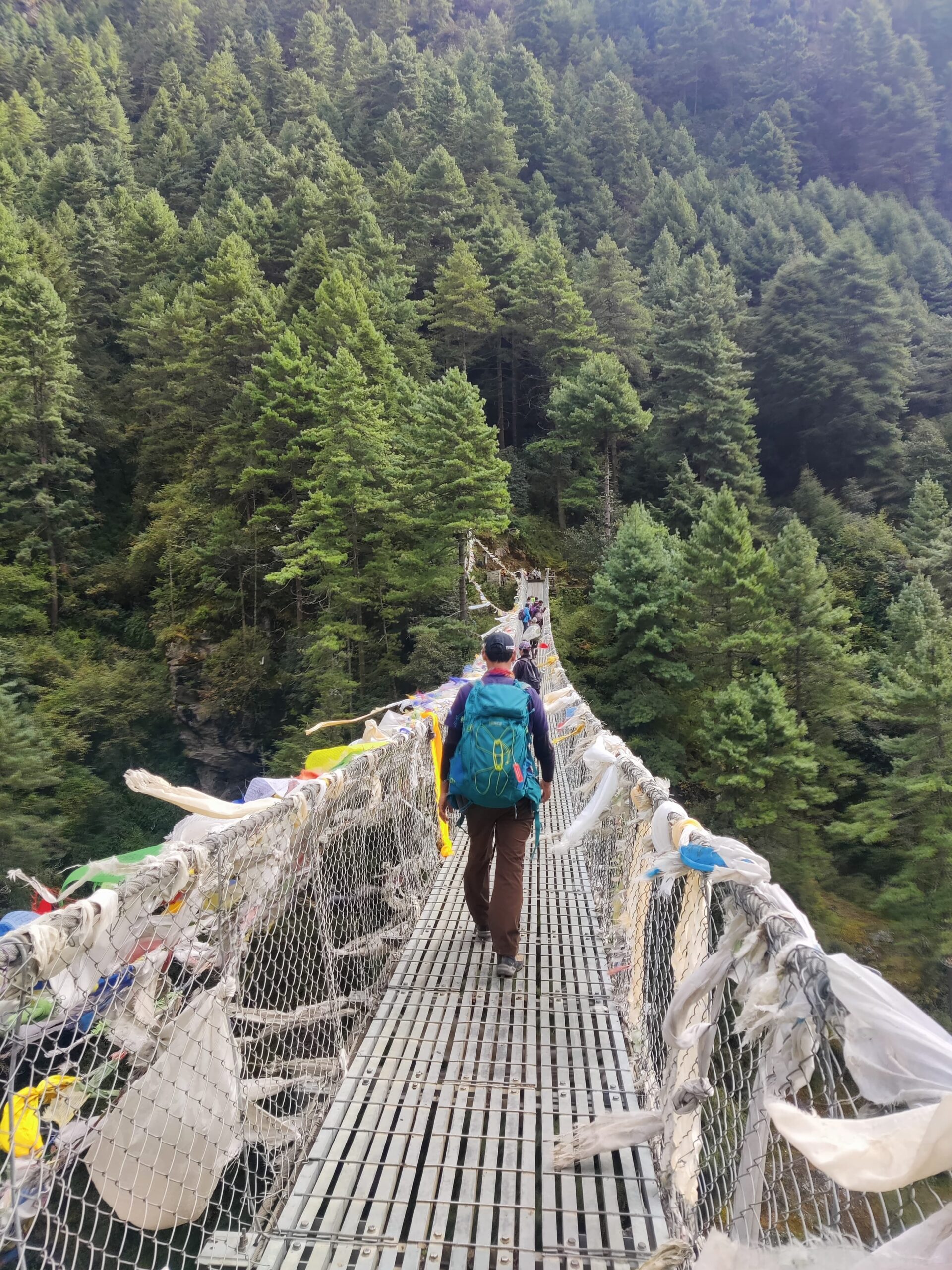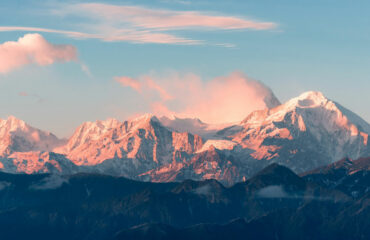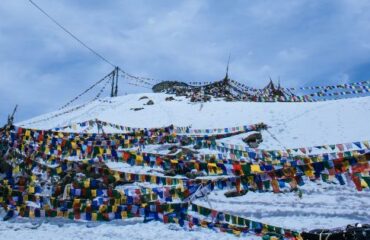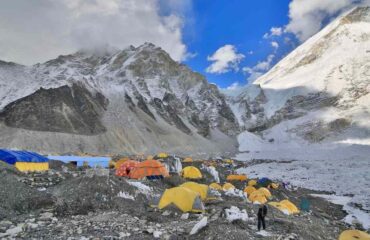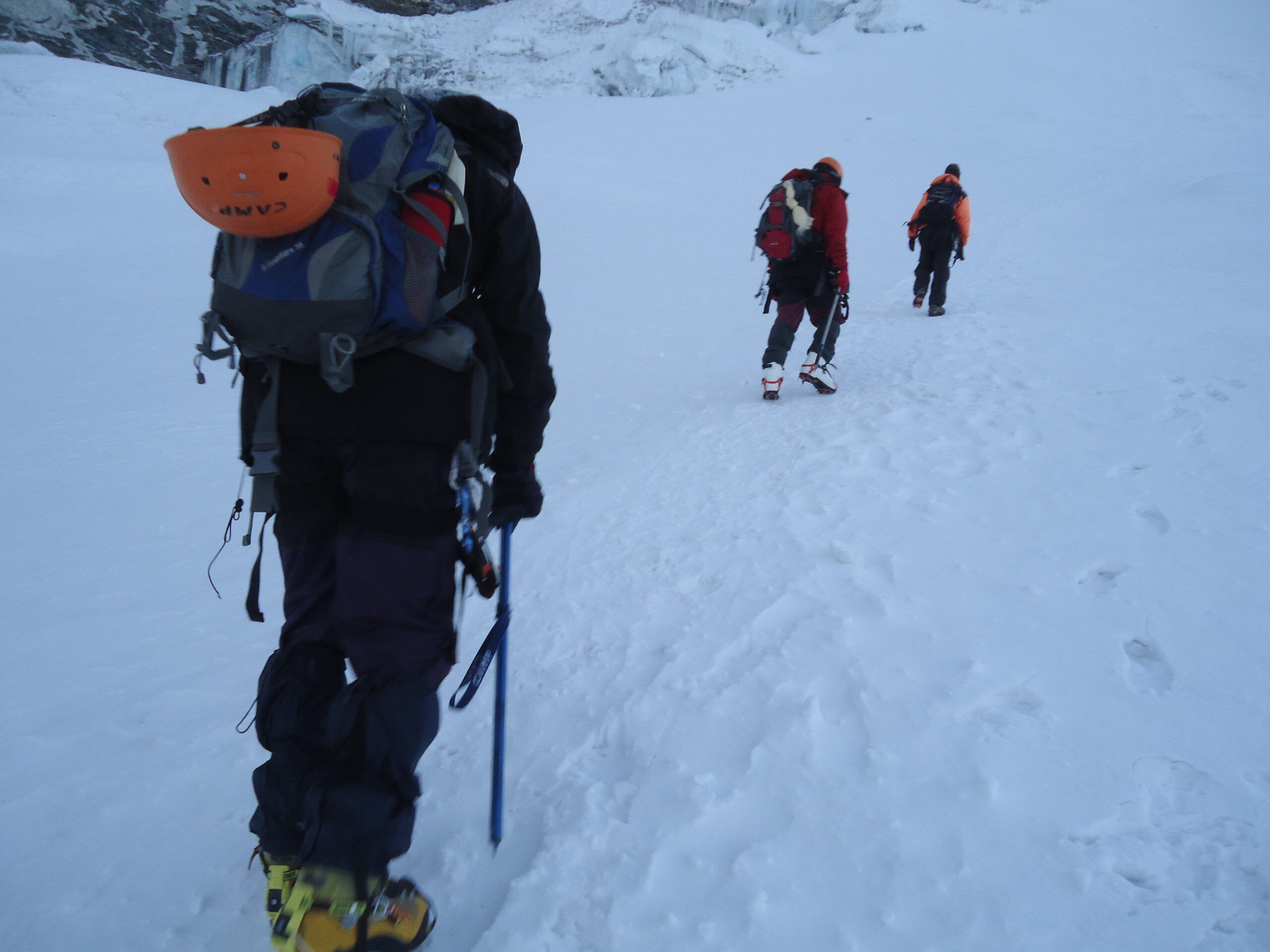
Climbing in Nepal
Nepal is a haven for adventure enthusiasts all over the globe. The country’s economy has flourished over the years, thanks to its array of adventure activities. From trekkers looking for high altitude experiences to climbers wanting to undertake expeditions to insane heights, Nepal has it all covered.
Few of the most spoken about treks around the World are in Nepal. Everest Base Camp, Annapurna Base Camp and the Gokyo Trail are some of them among others. Similarly, climbing expeditions to 6000, 7000 and 8000 meter peaks have also garnered a lot of attention in the last 4 decades.
Nepal welcomes trekkers and climbers in thousands each year. The country has also seen massive increase in not only amateurs but also those who want to challenge themselves with bigger expeditions. Nepal has a place for everyone.
From beginner friendly treks like Poon Hill on the Annapurna Circuit to Climbing Expeditions taking you to top of mammoths like Mount Everest & Amadablam, the range is insane!
In this blog we will discuss a few climbing peaks (6000 meter) for beginners, which can be considered by first time climbers to begin their journey of transformation.
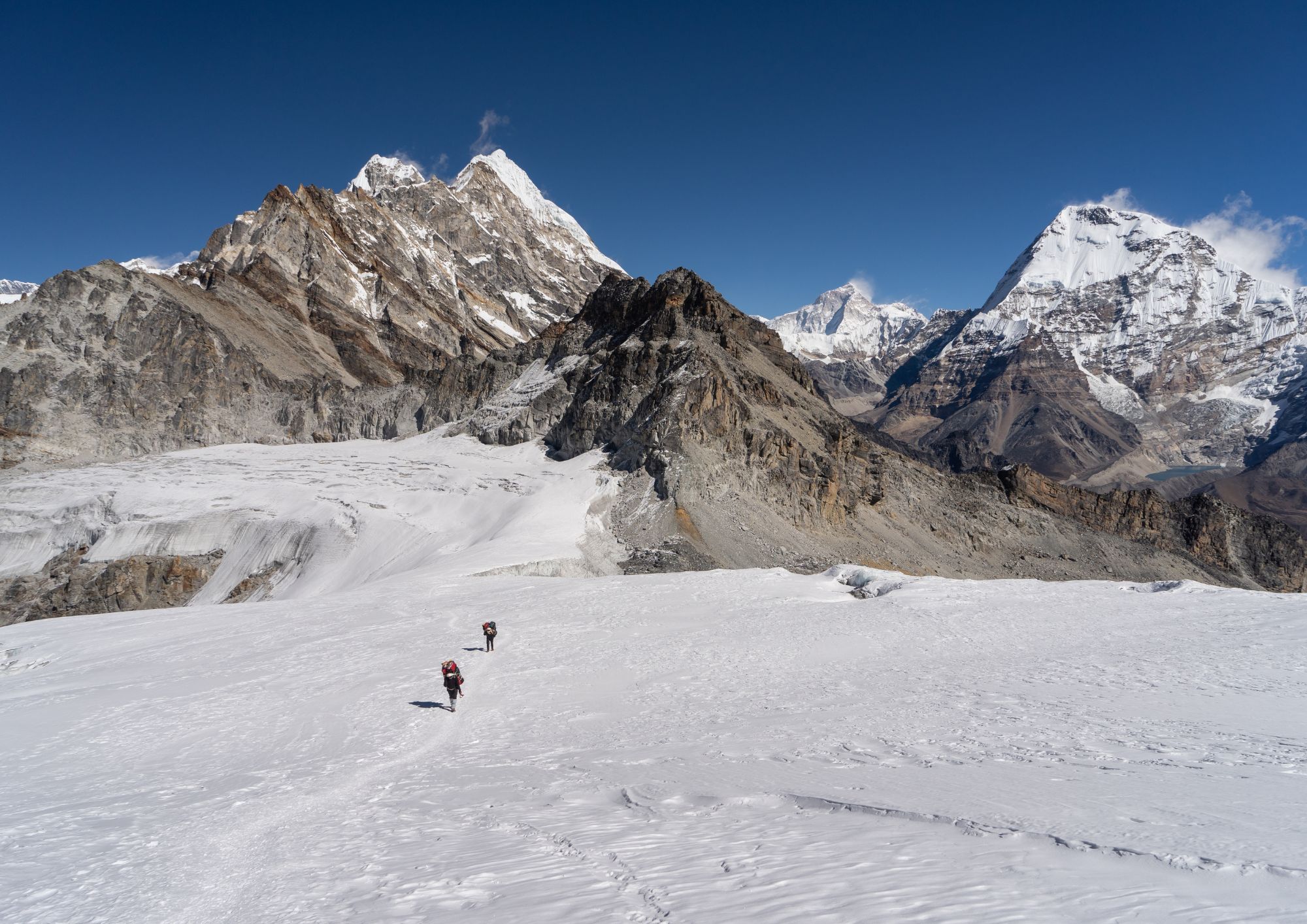
1. Yala Peak, Nepal
Overview
When we think of climbing peaks in Nepal for beginners, Yala Peak will be the very first and rightly so! Yala Peak, a popular trekking peak in the Langtang Himal range, stands at an elevation of 5,520 meters. It is located close to the Tibetan border, offering a thrilling high-altitude adventure. Due to its non-technical climb, it is an excellent choice for novice climbers.
Geographically, Yala Peak lies within Langtang National Park, a protected Himalayan conservation area, where trekkers are treated to an abundance of biodiversity and stunning landscapes. The trek starts at Kyanjin Gompa, which serves as the base camp, surrounded by glaciated valleys and cascading rivers. As you ascend, the surrounding landscape captivates trekkers, with majestic snow-capped peaks coming into view. From the summit of Yala Peak, trekkers are rewarded with panoramic views of the Langtang range, including Langtang Lirung, Dorje Lakpa, and Gangchempo. Additionally, the Shishapangma peak, the 14th highest peak in the world, is also visible from the summit, entirely within Tibet.
Climb Facts:
- Max Elevation: 5500 Meters | 18,044 Feet
- Total Duration: 13 Days
- Level: Moderate to Difficult
- Start and End Point – Kathmandu
- Valley – Langtang National Park, Langtang Valley
- Season – March to May & October – November
Can a beginner climb Yala Peak?
Absolutely! With the right preparation, physical fitness, and guidance, a beginner can summit Yala Peak. Yala Peak is among the best peaks for beginners to climb in Nepal.
As a non-technical climb, it is a perfect introduction to Himalayan mountaineering. For those looking to experience the beauty of the Himalayas without needing advanced mountaineering skills, Yala Peak offers an unforgettable adventure.
With appropriate physical preparation, including cardio, strength training, and hiking with a loaded backpack, first-timers can successfully summit. Working with a professional guide ensures that you follow the correct acclimatization protocols, and their support will be invaluable throughout the trek. The thrill of summiting Yala Peak is a reward that you will cherish for a lifetime.
To know about Yala Peak in detail, we highly recommend you to read the “Ultimate Climbing Guide” on our website.
2. Lobuche Peak
Overview:
After Yala Peak, one of the most accessible climbing peaks for beginners is the Lobuche Peak.!
Lobuche Peak towers over the Sagarmatha National Park and forms part of the trekking route that leads to Everest Base Camp. It lies close to Khumbu Glacier in the Everest Region, just 10 km from the Everest Base Camp. Two distinct peaks exist: Lobuche East and Lobuche West. Although a continuous ridge connects them, a sharp gap and a very technical section separate the two. Climbers consider Lobuche East a trekking peak, while they deem Lobuche West much more challenging and call it the “Expedition Peak.”
Climbers reach the true Lobuche Peak East by descending the ridge into a marked cut-off and then climbing an ice slope back to the top. To trek to Lobuche (East) Peak, climbers detour at Lobuche village, heading towards the Peak’s Base Camp instead of continuing to Gorakhshep. Lobuche Peak rewards trekkers with spectacular views of the high Himalaya ranges in Khumbu Valley, including Everest, Lhotse, Amadablam, and Makalu. From the summit, trekkers enjoy a bird’s-eye view of the entire Khumbu glacier.
Climb Facts:
- Max Elevation: 6119 Meters | 20,075 Feet
- Total Duration: 16 Days
- Level: Difficult
- Start and End Point – Kathmandu
- Valley – Everest Region, Khumbu Valley
- Season – March to May & October – November
Can a first timer climb Lobuche Peak?
Lobuche Peak is often considered a good first-time climb for those with some trekking experience. Standing at 6119 meters, it is achievable for climbers who have trekked at higher altitudes, such as the Everest Base Camp trek. The route is well-trodden and offers gradual ascents that make it less challenging than many other peaks in the Himalayas. Climbers do not need advanced technical skills but must be comfortable using climbing gear, including ropes, crampons, and ice axes, especially near the summit.
Despite being less technical than other mountains, the climb is still physically demanding. Summit day can take 10 – 12 hours, requiring stamina and mental preparation for the long climb. Therefore, climbers must be able to handle the physical stress of altitude, fatigue, and extended hours of climbing.
Furthermore, the time taken for the summit and back, is highly variable. Weather conditions, pace of the group and the crowd on the peak can impact this heavily.
To know about Lobuche Peak in detail, we highly recommend you to read the “Ultimate Climbing Guide” on our website.
3. Island Peak
Overview
Similar to Lobuche Peak, Island Peak is also among the best climbing peaks for beginners.
Island Peak (Imja Tse) stands tall in the Sagarmatha National Park and is part of the Eastern Nepal Himalayas. First named Island Peak by the British Mount Everest Expedition in 1953, it earned this name because it resembles an island rising above the sea of ice when seen from Dingboche. In 1983, it was renamed Imja Tse, although the name Island Peak is still widely used. Geographically, it is an extension of the ridge from the southern end of Lhotse Shar and is situated in the famous Khumbu Valley, on the same trekking route as the Everest Base Camp trek. Trekking to Island Peak involves a detour at Dingboche, where climbers head towards Chukung before reaching the base camp.
Climb Facts:
- Max Elevation: 6189 Meters | 20,305 feet
- Total Duration: 21 Days
- Level: Difficult
- Start and End Point – Kathmandu
- Valley – Everest Region, Hinku Valley
- Season – March to May & October – November
Can a beginner climb Island Peak?
Climbing Island Peak is definitely possible for a beginner provided there has been enough preparation. Island Peak Standing at 6189 meters, is achievable for climbers who have trekked at higher altitudes, and are accustomed to terrain and acclimatization patterns. The trekking route all the way to Island Peak Base camp is well maintained as it falls under the care and authority of the Khumbu valley administration. Climbers do not need advanced technical skills but must be comfortable using climbing gear, including ropes, crampons, and ice axes, especially near the summit.
Despite being less technical than other mountains, the climb is still physically demanding. Summit day can take 12-15 hours, requiring stamina and mental preparation for the long climb. Therefore, climbers must be able to handle the physical stress of altitude, fatigue, and extended hours of climbing.
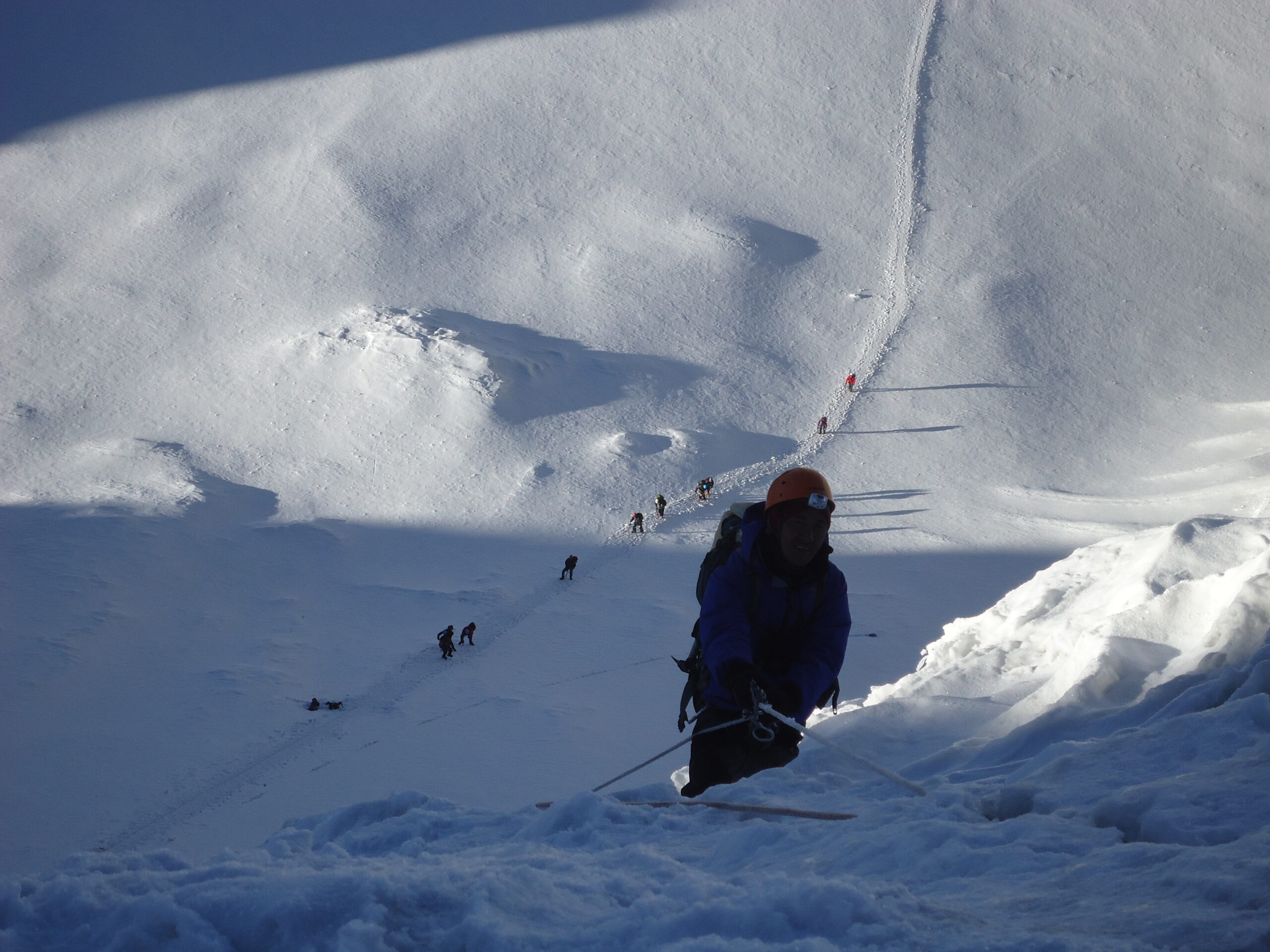
To know about Island Peak in more details, we highly recommend you to read the “Ultimate Climbing Guide” on our website.
4. Mera Peak
Overview
Mera Peak falls in the Mahalangur section, Barun sub section of the Himalayas. It is a prominent 6400 + meters peak in Nepal that falls under the authority of the Sagarmatha National Park. Standing at a staggering altitude of 6476 meters above sea level, Mera Peak is considered as the tallest trekking peak in Nepal. The Peak provides a 360 Degrees Panoramic view of 8000 meter mammoths like Mount Everest, Kanchenjunga, Cho Oyu, Makalu among others.
Mera Peak is part of the Everest region and takes you deep into the Hinku valley of the region. The start point of the journey starts from Lukla itself, which is a commonly used route for Everest Base Camp and Gokyo Trails.
From Lukla the Mera Peak trekking route continues going towards Pangkongma, following the trail all the way towards the alpine desert of Khare. The Base camp of the Peak is right after Khare situated at an altitude of 5350 meters above sea level. Before hitting the summit, climbers have another camp popularly known as the ‘High Camp’ of the Peak at an altitude of 5800 meters. The Peak is thus approached in three legs, the trek from Lukla all the way to Khare and the Base Camp, the second leg is the Base to the High Camp and the third leg is the High camp to the summit and back to the village of Khare.
Climb Facts
- Max Elevation: 6476 Meters | 21,246 feet
- Total Duration: 21 Days
- Level: Difficult
- Start and End Point – Kathmandu
- Valley – Everest Region, Hinku Valley
- Season – March to May & October – November
Can a beginner climb Mera Peak in Nepal ?
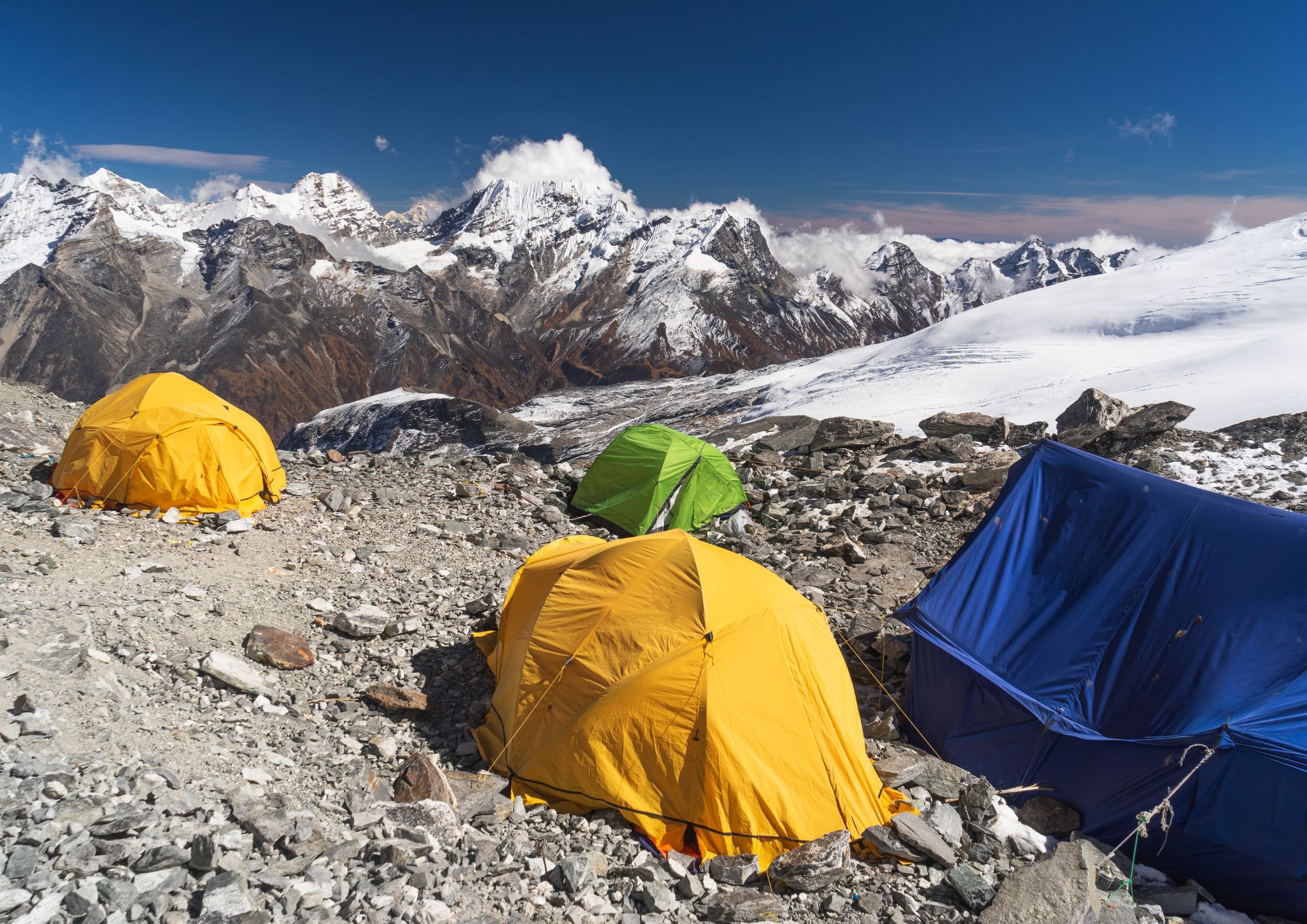
Mera Peak is among those 6000 meter peaks in Nepal, which may require relatively higher levels of fitness. At a height of 6476 meters, climbing Mera Peak can be attempted by a beginner provided there is some amount of training in terms of rock climbing and ice climbing. Furthermore, exposure to various high altitude treks will also come in handy.
This expedition requires climbers to have a solid understanding of climbing equipment and techniques. Moreover, the steep ascent and descent require sufficient experience in navigating challenging terrains.
Given the altitude exceeds 6400 meters and the extreme temperatures, beginners should be mentally and physically prepared or reconsider attempting this climb. To build the necessary experience and physical fitness, we recommend climbing other peaks in Nepal like, Island Peak, or Lobuche Peak. These climbs will help prepare you both physically and mentally for Mera Peak.
The trekking route going towards Mera Peak is well-trodden and offers gradual ascents that makes the trekking bit of it it less challenging than many other peaks in the Himalayas. Climbers do not need advanced technical skills but must be comfortable using climbing gear, including ropes, crampons, and ice axes, especially towards the High camp and the summit.
The climb towards the summit and then the descend all the way to Khara is physically demanding and can take 12 to 15 hours to complete. This requires stamina and mental preparation for the long climb. Therefore, climbers must be able to handle the physical stress of altitude, fatigue, and extended hours of climbing.
To know about Mera Peak in more details, we highly recommend you to read the “Ultimate Climbing Guide” on our website.
Parting Thoughts
The above 6000 meter climbing peaks are apt for beginners who wish to go through this process of transformation. In addition Nepal also offers 7000 meter climbs for those who wish to tackle the highest 14 peaks or the seven summits of the World. Nepal thus offers numerous opportunities to trekkers to transform into climbers and gain solid mountaineering experience as well.
Ideally, you can start your journey from Yala Peak in the Langtang Valley, as it allows you to experience a non-technical climb and is the lowest at 5500 meters.
Once you successfully summit Yala Peak, the next in line can be Lobuche, Island Peak and eventually make your way up to Mera Peak. These beginner friendly peaks in Nepal will not only be a catalyst in your transformation but also give you the best Himalayan experience.
Follow us on Social Media – LinkedIn | TripAdvisor | Instagram

